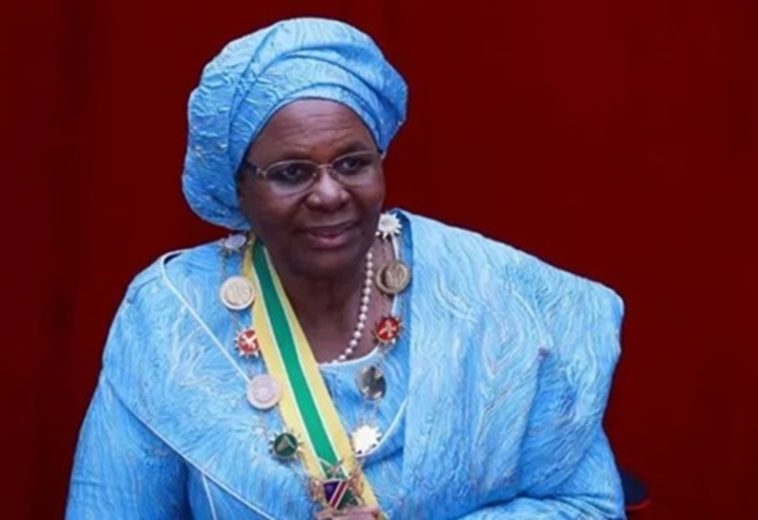For centuries, African nations have sought sustainable financial solutions to accelerate development, improve infrastructure, and bridge economic gaps. However, reliance on foreign aid and volatile international investments has often left economies vulnerable. In the face of growing fiscal pressures, an underutilised financial instrument has the potential to reshape Africa’s economic future: diaspora bonds. This innovative tool enables African governments to tap into the wealth of their overseas citizens, leveraging remittances and investments to fund key projects. Countries like India and Israel have long reaped the benefits of diaspora bonds, raising billions of dollars to support national development. If properly harnessed, this mechanism could become Africa’s financial lifeline, transforming the continent’s economic landscape.
According to the World Bank, global remittances to low- and middle-income countries reached a record $685 billion in 2024, with Africa receiving approximately 5.8%. Nigeria alone accounted for $4.22 billion, representing a significant source of external financing. Countries such as Egypt ($29 billion) and Ghana ($6.65 billion) also benefit heavily from diaspora inflows. However, these remittances are primarily used for household consumption rather than large-scale investments.
READ ALSO: Diaspora Investments and Urban Farming: A Growing Opportunity for Africa
The introduction of diaspora bonds could shift this dynamic, directing a fraction of these funds towards national development projects. Israel, for example, has raised over $44 billion since launching its diaspora bond programme in 1951. India followed suit, successfully raising $11 billion through diaspora bonds during its economic crisis in 1991. If African nations replicate these models, they could unlock billions in new development funds.
The Potential of Diaspora Bonds in Africa
Africa’s diaspora community is one of its most significant assets. With over 50 million Africans living abroad, many have accumulated wealth and are willing to contribute to their home countries’ development. Unlike traditional foreign aid, diaspora bonds offer a direct and stable source of funding, as investors are emotionally and culturally tied to their homelands.
Ethiopia provides a noteworthy case study. The country issued its first diaspora bond in 2008, raising millions to finance the Grand Ethiopian Renaissance Dam (GERD). Although challenges such as low subscription rates persisted, the initiative demonstrated the potential for mobilising diaspora resources. Similarly, Kenya launched its own diaspora bond in 2011 to fund infrastructure projects, though results were mixed due to limited investor confidence. By learning from these experiences, African governments can refine their approaches to attract more investors.
Challenges and Risks
Despite its potential, the success of diaspora bonds hinges on trust, governance, and financial stability. Many African governments struggle with issues of corruption, mismanagement, and political instability, discouraging diaspora members from investing. For instance, Ethiopia’s diaspora bond faced scepticism due to concerns about government transparency. To mitigate these risks, governments must adopt best practices, ensuring proper financial accountability, offering competitive interest rates, and fostering investor confidence through clear legal frameworks.
Nigeria presents a notable example. In 2017, the Nigerian government successfully issued a $300 million diaspora bond with an interest rate of 5.625%, targeting Nigerians in the U.S., U.K., and Europe. The bond was well received, proving that structured policies and transparent governance can attract diaspora investments.
A Global Perspective on Diaspora Bonds
Africa is not alone in leveraging diaspora bonds. Countries such as China and the Philippines have experimented with similar instruments to boost national development. China’s global diaspora has played a crucial role in financing the country’s economic rise, with expatriates heavily investing in national industries and infrastructure. The Philippines has also encouraged its overseas workforce, which remits over $30 billion annually, to invest in homeland projects. These global examples highlight that when effectively structured, diaspora bonds can become a reliable financing mechanism. Africa’s challenge is to instil confidence among its diaspora communities and create investment-friendly environments.
Unlocking Africa’s Financial Potential
To fully harness diaspora bonds, African nations must adopt strategic policies. First, governments should strengthen financial institutions, ensuring transparency and accountability. Establishing independent monitoring bodies to oversee bond utilisation will boost investor trust. Second, African countries must offer attractive incentives such as tax breaks and high-yield returns to make diaspora bonds competitive in global financial markets. Third, marketing and outreach efforts should be intensified. Many African diaspora members are unaware of these investment opportunities, underscoring the need for targeted campaigns, digital platforms, and partnerships with financial institutions abroad.
If well implemented, diaspora bonds could provide Africa with an alternative financial strategy to fund critical infrastructure, drive economic growth, and reduce dependency on foreign loans. The time has come for African nations to view their diaspora communities not just as remittance senders but as strategic investors in the continent’s future. By doing so, Africa can unlock billions in untapped capital, turning the vision of self-sustaining development into a reality.




